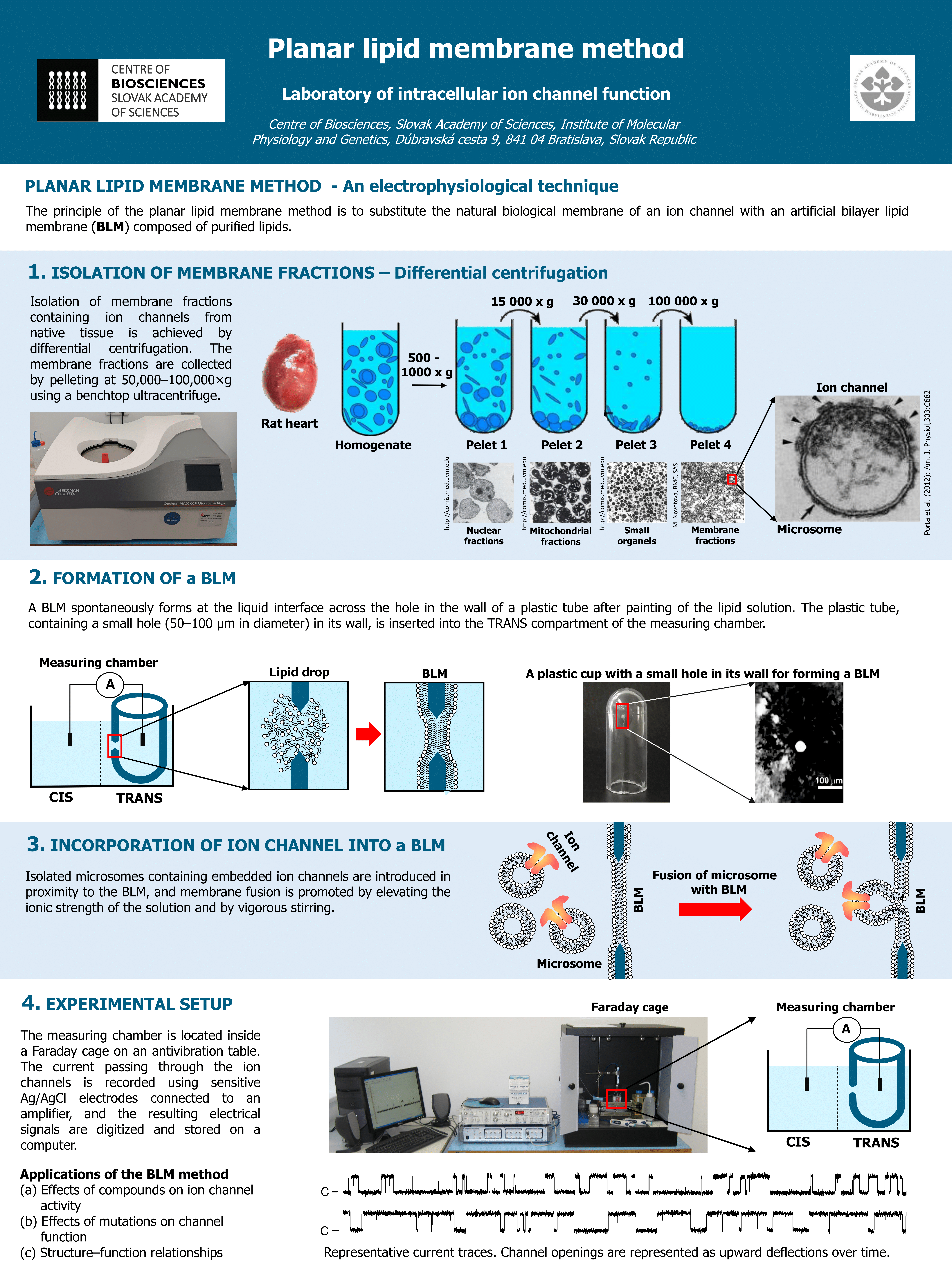Research interests
We focus on investigating the molecular role of ryanodine receptors (RyR2s) in specific cardio- and neuropathologies. In recent years, the regulation of RyR2s in the cardiac and neuronal cells has attracted significant attention, as RyR2 dysfunction may contribute to the onset and progression of cardiac arrhythmias and neuropsychiatric disorders. RyR2s belong to the largest family of intracellular ion channels and specifically mediate the release of Ca²⁺ from the lumen of intracellular stores into the cytoplasm, playing a fundamental role in intracellular Ca²⁺ signaling. This pathway is essential for numerous cellular processes, including excitation-contraction coupling in cardiac and skeletal muscle, and neurotransmission in the brain. Functional defects in these processes have been indeed implicated in development of cardiac arrhythmias and neuropsychiatric disorders.

To study ion channel function, we use the in vitro electrophysiological approach – the planar lipid membrane (BLM) method which allows the reconstitution of even a single functional ion channel in an artificial lipid system – BLM. Although this technique requires considerable manual skill and patience, it provides highly reliable and unbiased functional insights. Our BLM approach also involves collecting cardiac or brain tissues, isolating membrane fractions via differential centrifugation, and characterizing ion channel expression, translation, and post-translational modifications using Western blotting.
The BLM method is primary used to:
- characterize the detailed functional properties of intracellular ion channels
- assess how specific mutations affect ion channel function
- investigate structure–function relationships in ion channels
- monitor molecular aspects of inter-channel communication
Contact: Mgr. Marta Gaburjáková, PhD.
Support: NIH FIRCA R03 TW 00949, ITMS 26240120008, ITMS 26230120006 and NextGenerationEU-Investment booster 09I03-03-V06-00004






